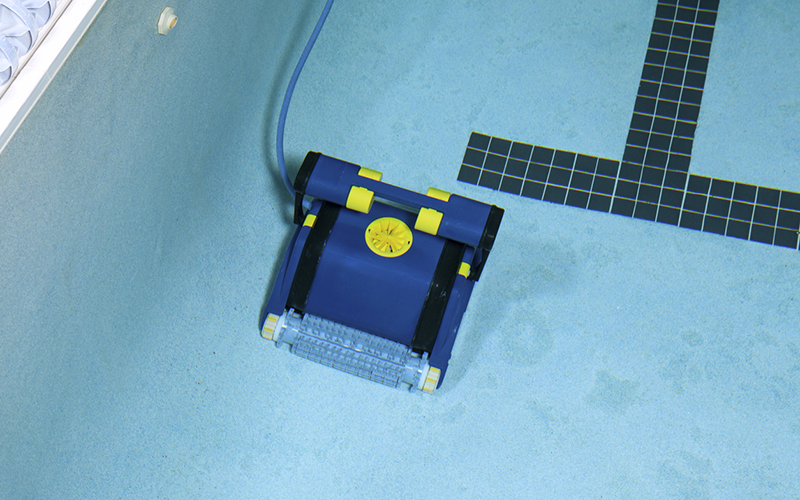
The University of Michigan in Ann Arbor is offering a new undergraduate program in robotics at Michigan Engineering, including aerial, underwater, wheeled, legged, and medical robots, at the university’s 134,000-square-foot Ford Motor Co. Robotics Building.
Announced today by the U-M Robotics Department, a first among top 10 engineering schools, the program is available for fall 2022 enrollment following state approval from the Michigan Association of State Universities on June 2.
According to the U.S. Bureau of Labor Statistics, the demand for qualified robotics professionals grew by more than 13 percent in 2018, and up to 80 percent of U.S. industrial employers are facing difficulties filling vacancies for highly skilled technical professionals, including robotics, computer vision, artificial intelligence, and motion control.
The global industrial and service robotics markets are expected to grow by more than 20 percent year over year, reaching a total market of $310 billion by 2025.
“As our society grows, there’s an unmet demand for people skilled in robotics, and Michigan Engineering is poised to help fill this void as a leader in this space,” says Alec D. Gallimore, the Robert J. Vlasic Dean of Engineering at the University of Michigan. “The college’s Robotics Department will produce deeply trained roboticists who put people first, collaborating across disciplines to solve complex issues affecting the state of Michigan, our nation, and the world at large.”
The new program features an inclusively designed curriculum with more than 30 course offerings, providing exposure to technologies that were inaccessible for most undergraduate students a decade ago. These include 3D printing for rapidly prototyping new robot designs and high-speed laser scanning that enables simultaneous localization and mapping.
As tools have become widely available, they can now be rolled out at the undergraduate level. The curriculum centers on how an embodied intelligence senses, reasons, acts, and works with humans — covering topics in electronics, mechanisms, computation, mathematical foundations, and human-robot interaction.
“The University of Michigan has a remarkable ecosystem of academics, enabling our robotics faculty and students to work collaboratively across disciplines with far reaching societal contributions,” says U-M Provost Laurie McCauley.
Recently, the department announced Dawn Tilbury, associate vice president for research-convergence science at U-M, will serve as the first chair of the Robotics Department. Tilbury, who recently led the National Science Foundation Directorate of Engineering, helped lay the foundation for the convergence of disciplines that defines robotics research at the university. She played a leading role in establishing Michigan’s Robotics Institute and noted the opportunity for faculty and students at the department to push the boundaries of the field.
“Robotics has so much potential because it really brings together so many different engineering disciplines — biomedical, computer science, electrical, industrial, mechanical, aerospace, and naval architecture and marine engineering,” Tilbury says. “Michigan roboticists will possess the knowledge and skills to develop robotics that help people across a multitude of arenas whether that’s within their workplace, home or community.”
Last year, Michigan Engineering announced the creation of its new Robotics Department, which will be an evolved adaptation of the U-M Robotics Institute. In fall 2020, the institute began piloting courses centered around providing engineering instruction and equal opportunity for students.
The Robotics 101 course quickly exposes students to advanced robotics through the theory and computational applications of linear algebra instead of calculus, since not every undergraduate attended a high school that offered calculus. This course enrolls students at Historically Black Colleges and Universities, including Morehouse and Spelman, who have a pathway to receive a U-M engineering degree. The Robotics 102 course includes undergraduates at Kentucky’s Berea College, serving mostly Appalachian students.
Gallimore is also the Richard F. and Eleanor A. Towner Professor of Engineering, an Arthur F. Thurnau Professor, and a professor of aerospace engineering. McCauley is the William K. and May Anne Najjar Professor of Periodontics, professor of dentistry, and professor of pathology. Tilbury is also the Herrick Professor of Engineering, professor of mechanical engineering, and professor of electrical engineering and computer science.





